2016 May 30
Apologies for lack of action recently, but we are almost back in business. First I caught a “bug” (not Hemiptera) and was out of action for a while. Then at the weekend, just when I thought I’d catch up, telephone service to the Elliott Building was cut off all weekend, and with it, all access to Web, Internet, Email, Invert Alert. Anyway, here’s a start on the backlog. Sorry if I don’t manage to get all the exact dates and locations, but they are all local (Victoria) in the last few days. This will be posted at about 4:00 pm, May 30. If I have missed any contributions submitted before then, let me know! Jeremy Tatum
Aziza sends photographs of a butterfly, a spider and a fly. Jeremy Tatum writes: No doubt about the butterfly, of course. I haven’t sent the spider and the fly out to experts, but I believe I have managed to identify them myself. I think they are right, but, if anyone thinks I’ve got them wrong, I’m sure s/he’ll let me know.

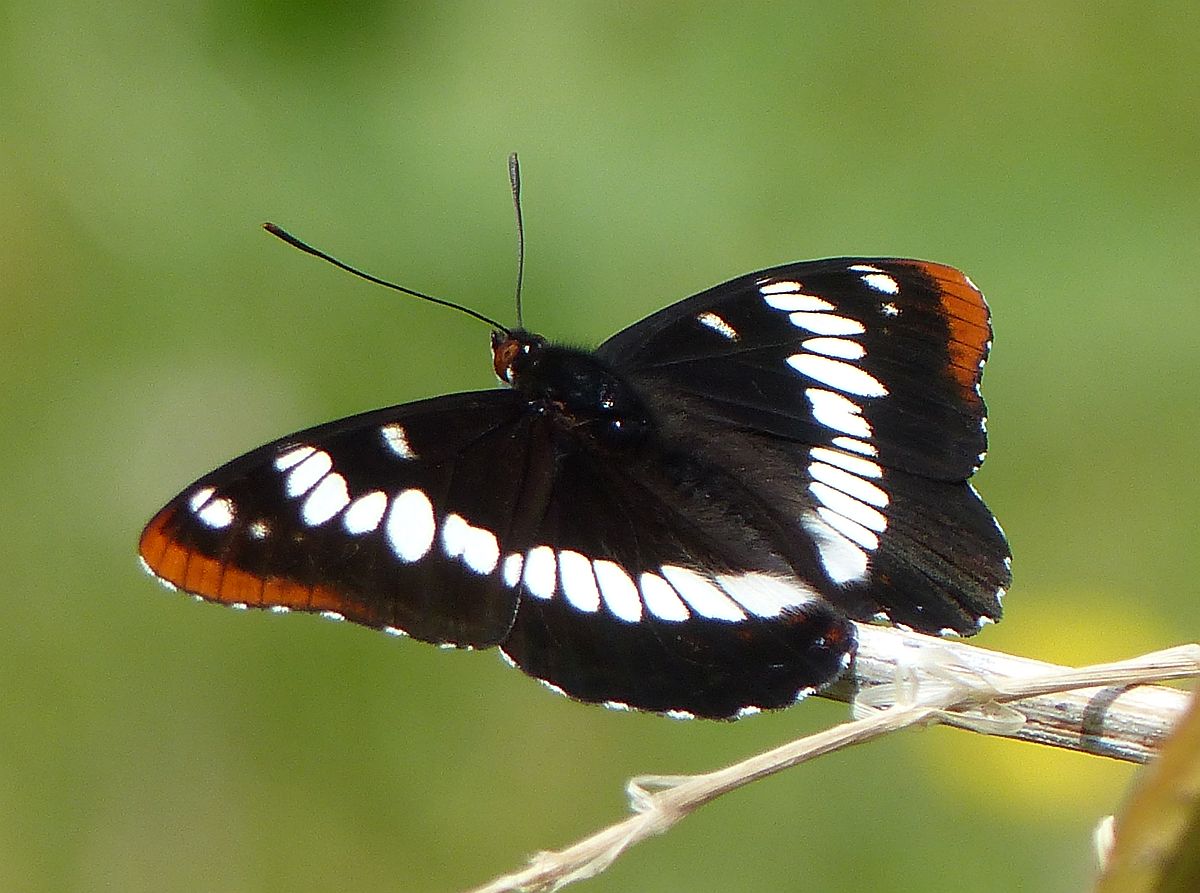
Lorquin’s Admiral Limenitis lorquini (Lep.: Nymphalidae) Aziza Cooper
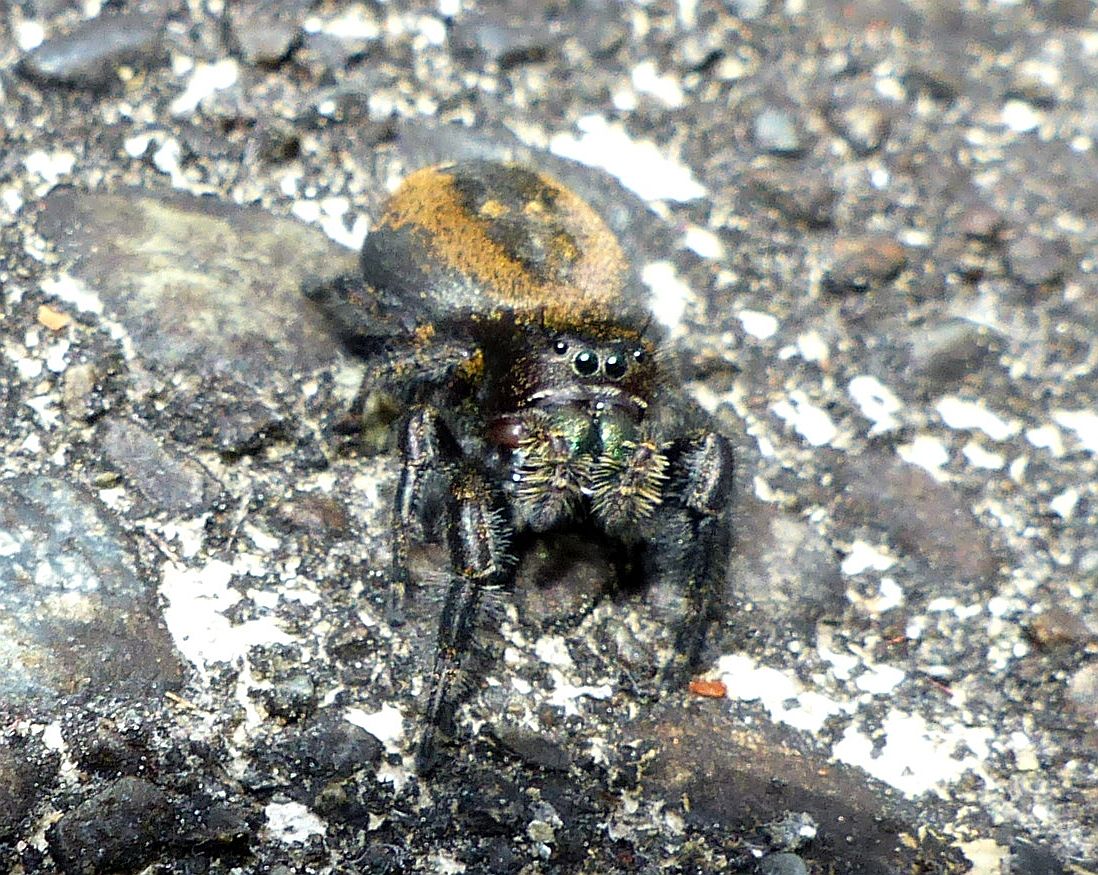
 Phidippus johnsoni
Phidippus johnsoni (Ara.: Salticidae) Aziza Cooper
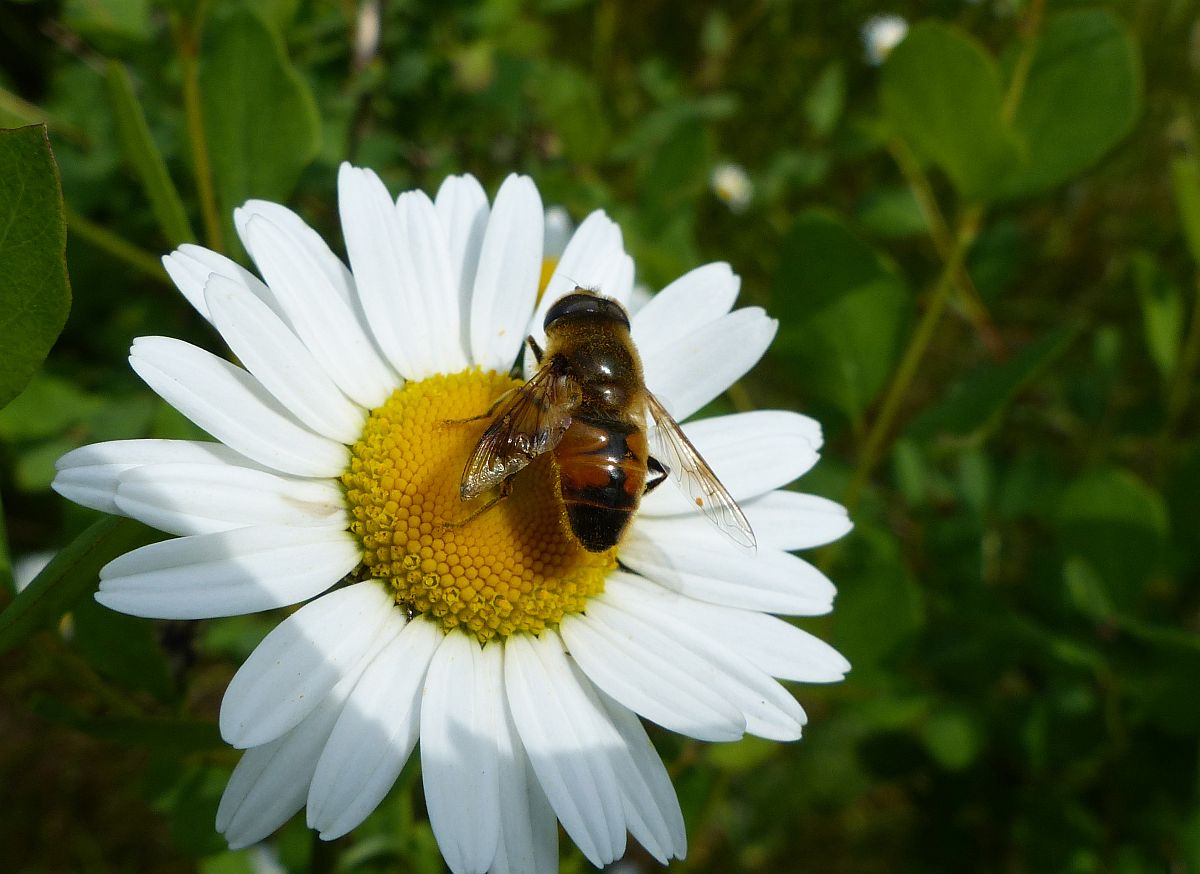
 Eristalis tenax
Eristalis tenax (Dip.: Syrphidae) Aziza Cooper
Annie Pang sends photos of a varied assortment of insects.
First, a syrphid fly, identified by Matthias Buck as Syritta pipiens.
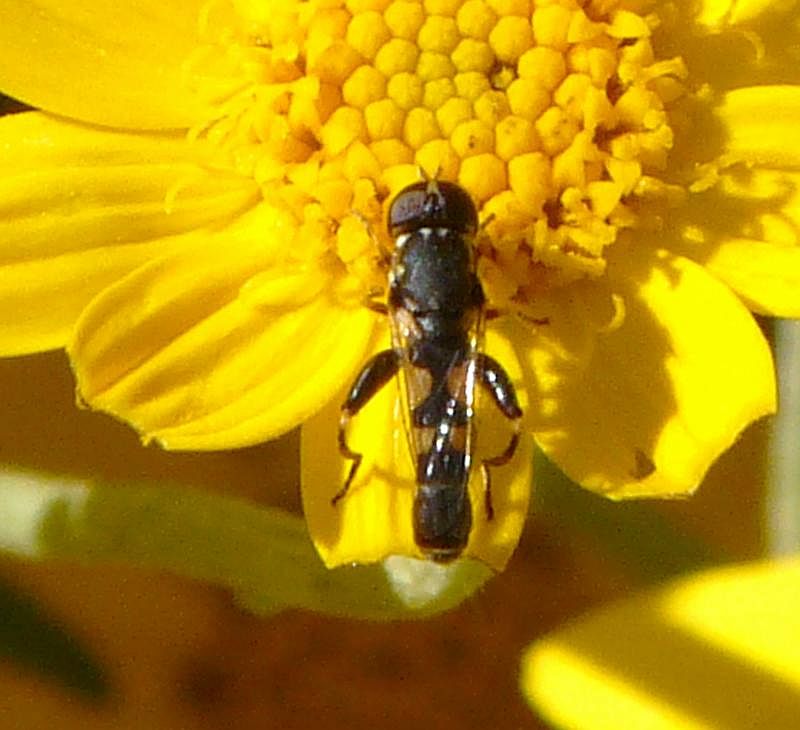
Syritta pipiens (Dip.: Syrphidae) Annie Pang
Next another fly, as yet unidentified. [Jeremy Tatum wonders whether it might be a stratiomyid, but this is very tentative. Might also be a syrphid.]
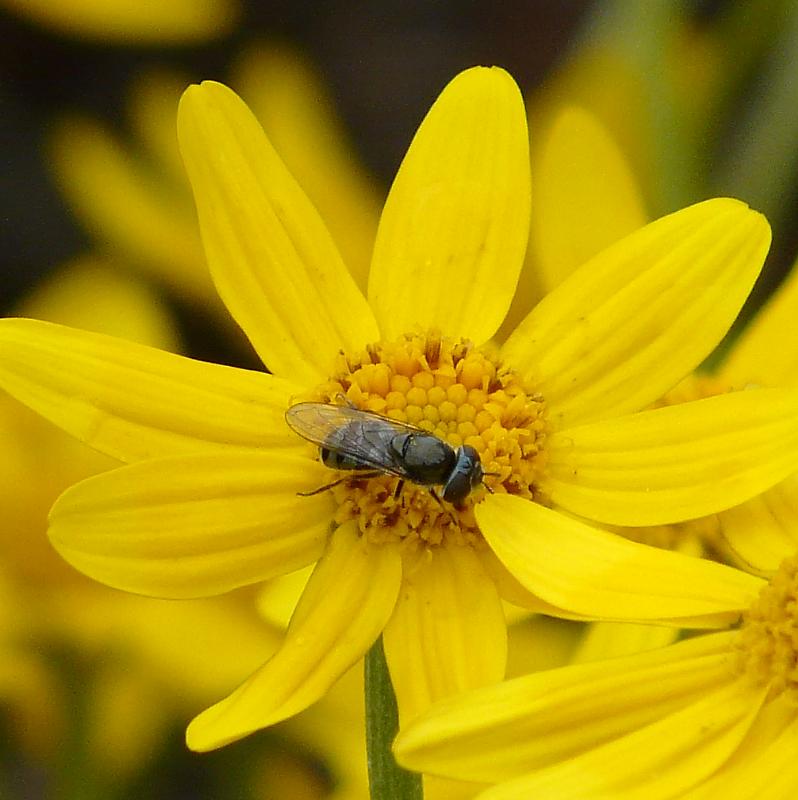

Unidentified fly (Dip.: Stratiomyidae? Syrphidae?) Annie Pang
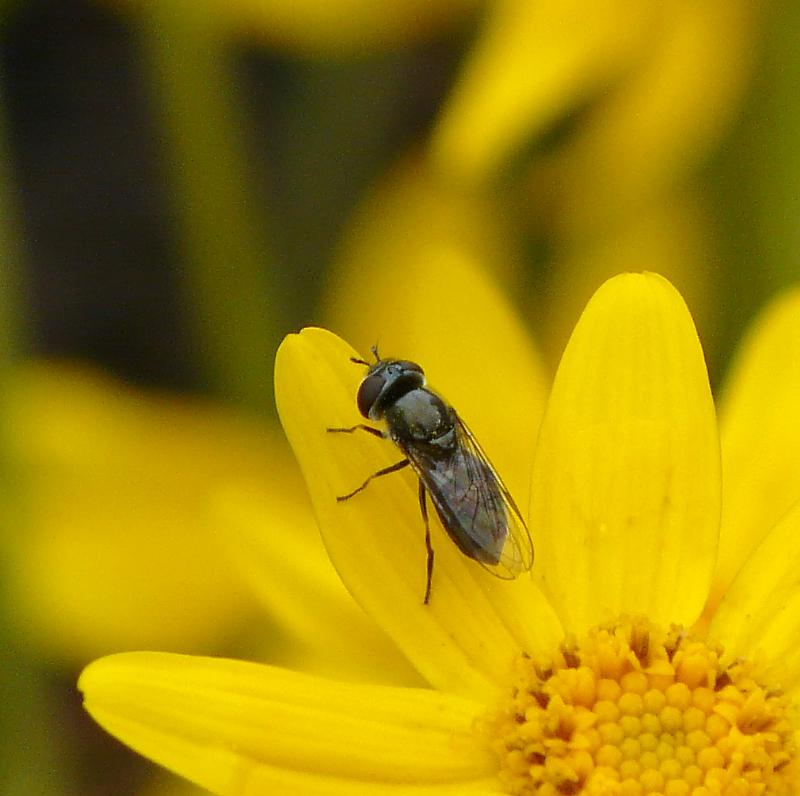
Unidentified fly (Dip.: Stratiomyidae? Syrphidae?) Annie Pang
Next, a bee. Can someone identify it for us?


Unidentified bee. Can anyone help? (Hym.) Annie Pang
Next, a sphecid wasp.
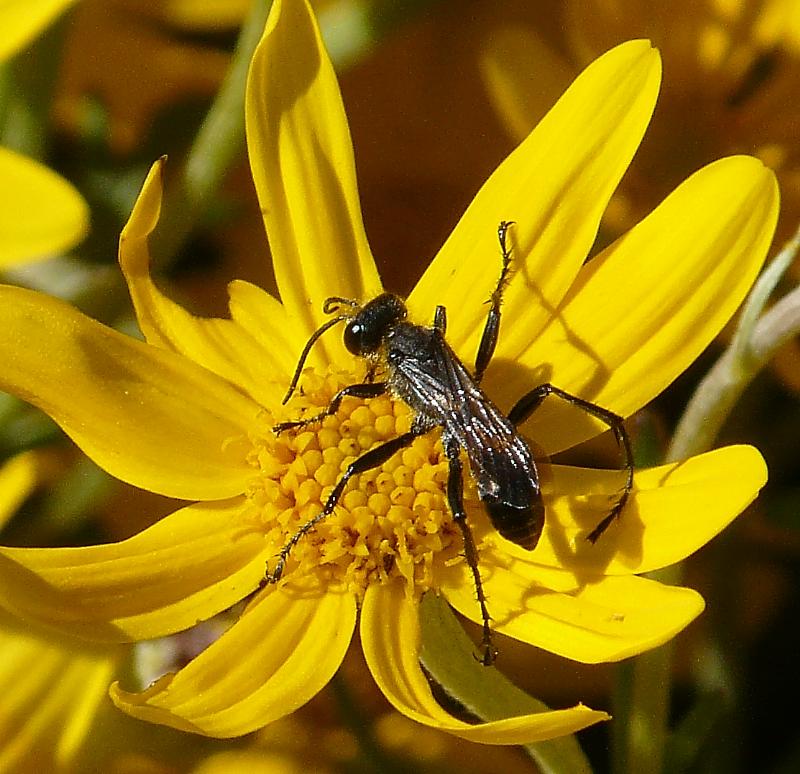
 Prionyx canadensis
Prionyx canadensis (Hym.: Sphecidae) Annie Pang
And a ladybird beetle:

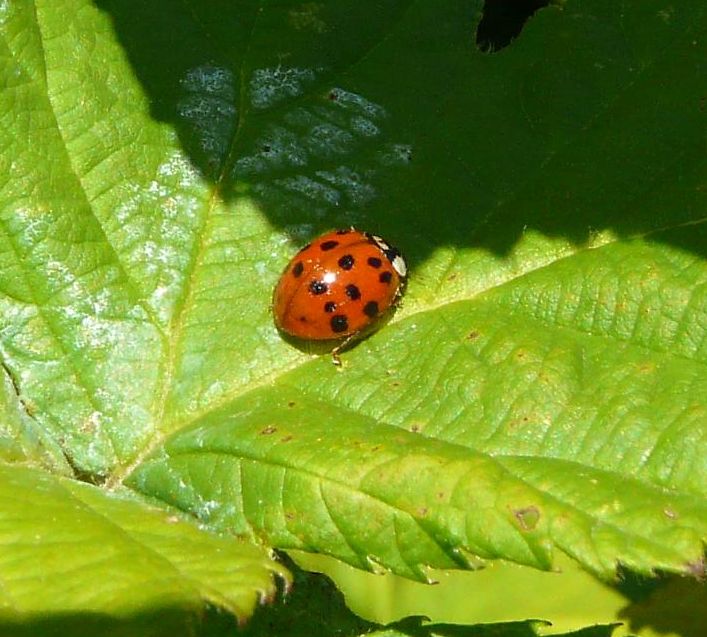
Harmonia axyridis (Col.: Coccinellidae) Annie Pang
Jeremy Tatum sends a picture of a moth from the cottonwood trees south of Blenkinsop Lake:
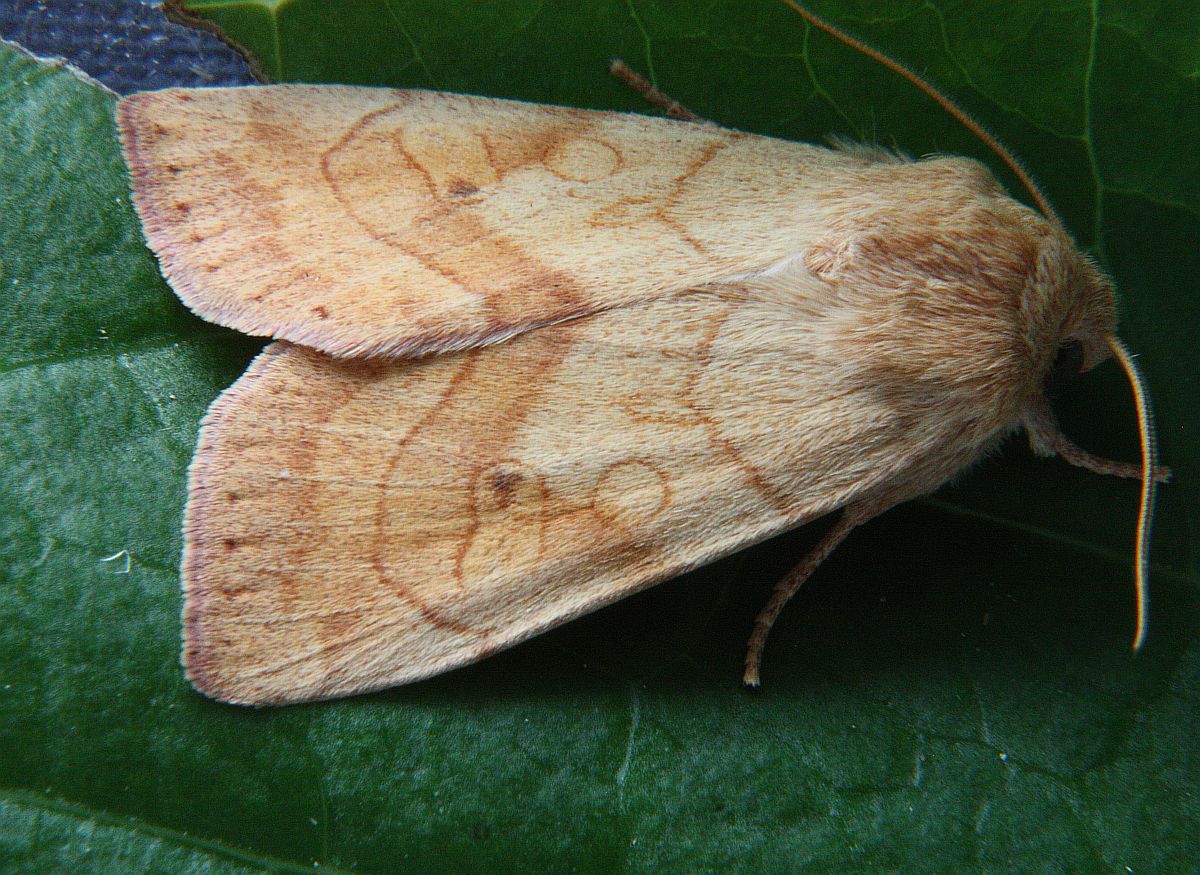
 Enargia infumata
Enargia infumata (Lep.: Noctuidae) Jeremy Tatum
Jeff Gaskin writes: On May 27 I did a little poking around in Layritz Park and Camosun College (Interurban Campus) and found just a few butterflies. First of all I saw a colony of Common Ringlets (or Large Heaths) totalling 5 on the Camosun College grounds in a field right near where the paved path or trail comes to the road. Also at Camosun were a Pale Tiger Swallowtail and along the trail up to Broadcast hill were 2 Lorquin’s Admirals.
Aziza Cooper writes: On May 27, I visited Quick’s Bottom and Viaduct Park looking for Vancouver Island Ringlets (Large Heaths).. At Quick’s Bottom, I found 69 in the small overgrown field next to the gravel path between Markham Road and Wilkinson Road. North of Markham Road in the Viaduct Flats area, in the field on the east side, I again found dozens of Ringlets, for a conservative total of 53. Here, the area was too big for me to cover thoroughly, so there could easily be double that number. In contrast, the field on the west side of the strip of forest had only one Ringlet. I also walked along the Layritz Park gravel trails and into the daisy patches a little, and found only one Ringlet. The Ringlets are generally near patches of daisies, and there are large areas of daisies in all the fields there. It would be interesting to walk transects for a systematic survey.
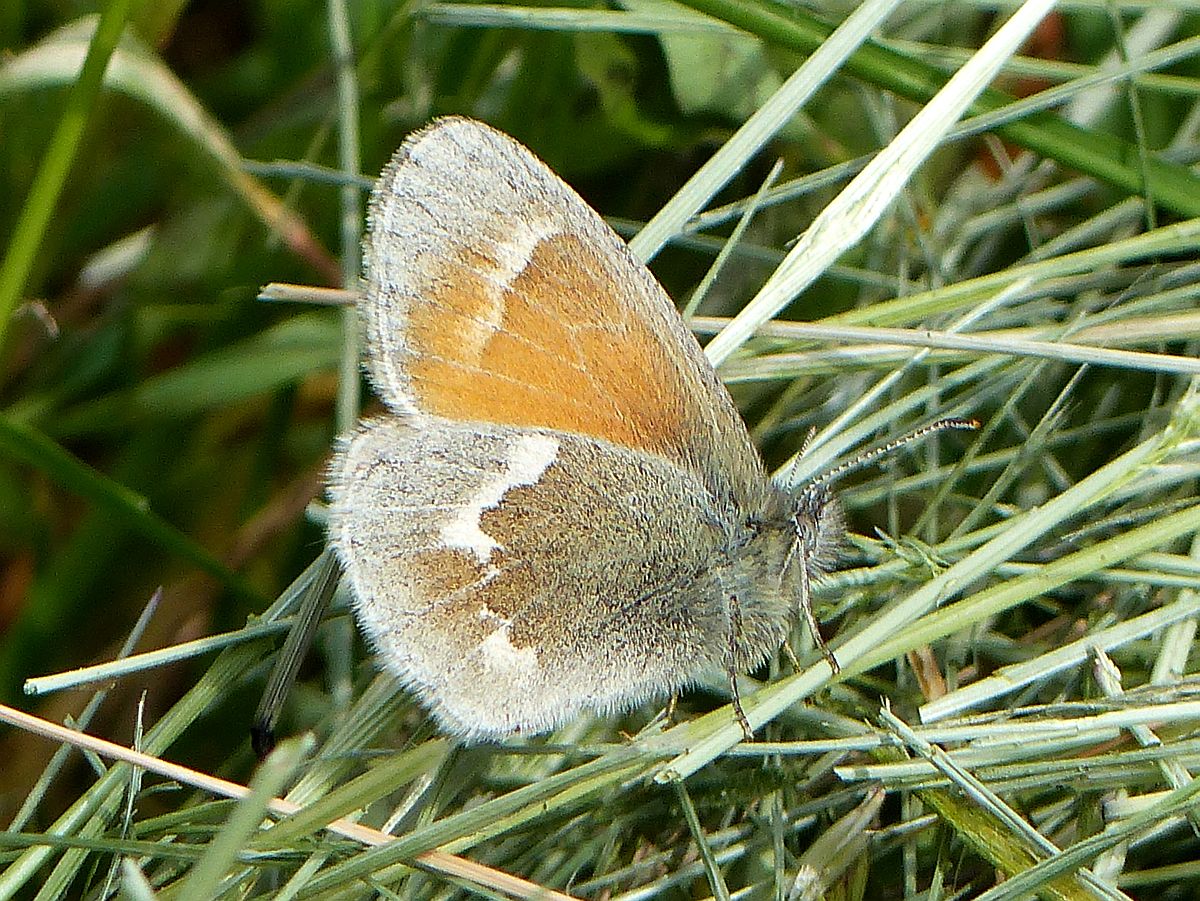

Large Heath (“Ringlet”)
Coenonympha tullia (Lep.: Nymphalidae – Satyrinae)
Aziza Cooper

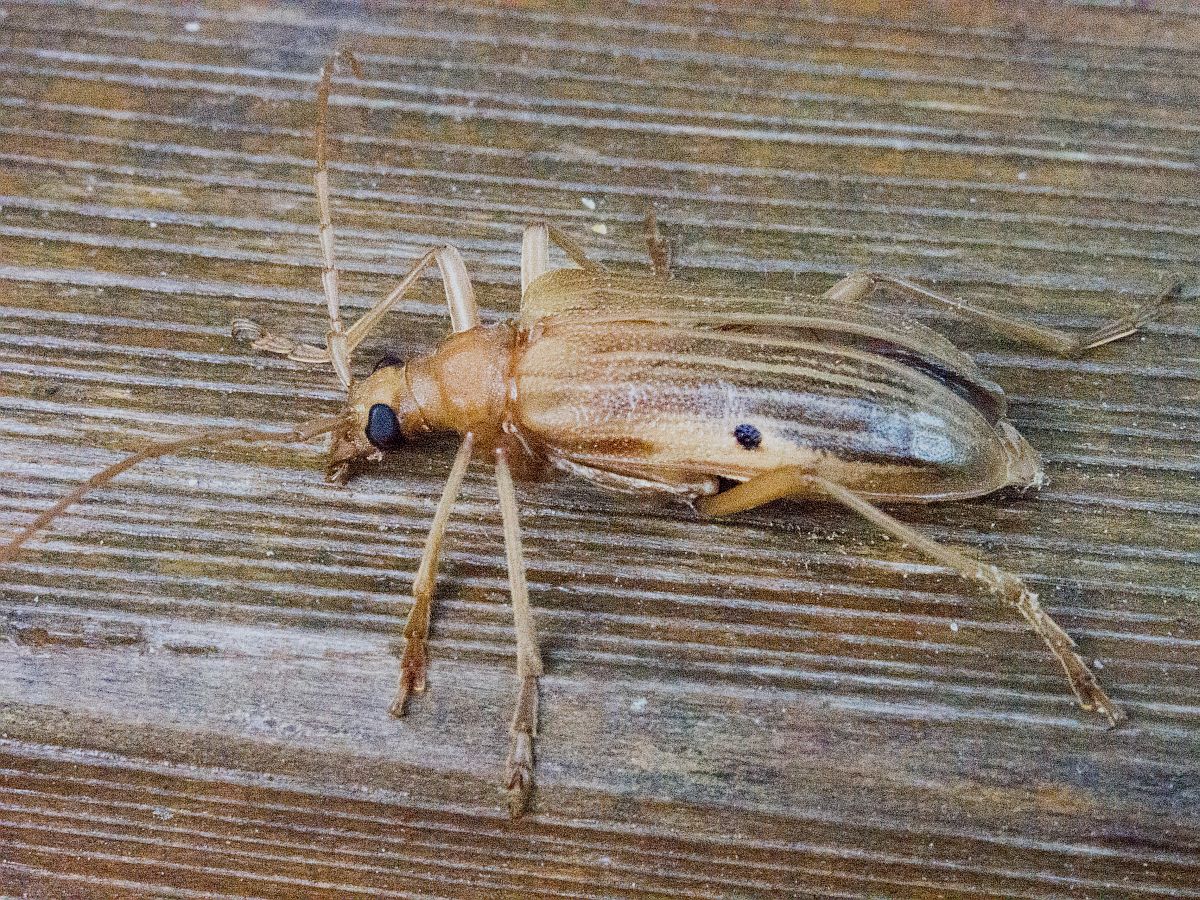

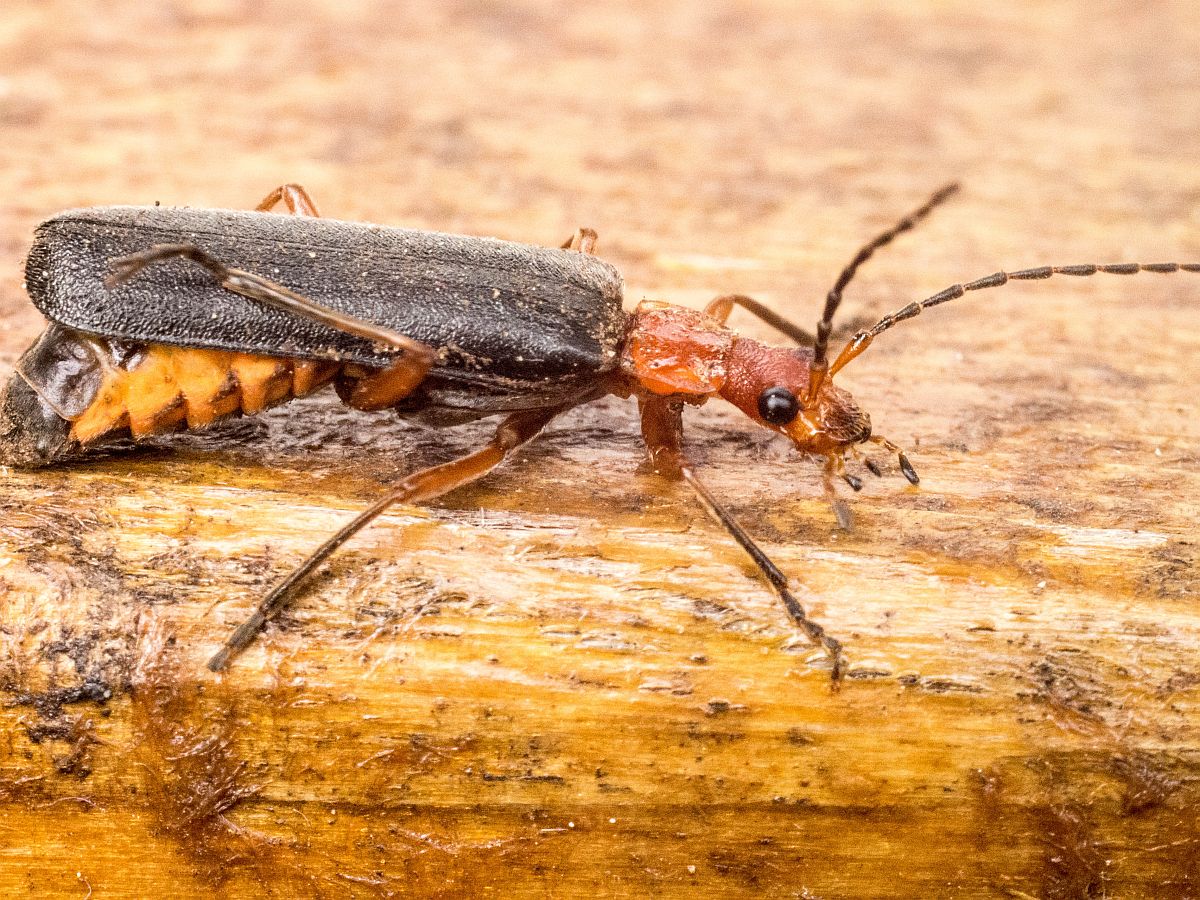




 Eristalis tenax (Dip.: Syrphidae) Aziza Cooper
Eristalis tenax (Dip.: Syrphidae) Aziza Cooper

 Unidentified fly (Dip.: Stratiomyidae? Syrphidae?) Annie Pang
Unidentified fly (Dip.: Stratiomyidae? Syrphidae?) Annie Pang

 Unidentified bee. Can anyone help? (Hym.) Annie Pang
Unidentified bee. Can anyone help? (Hym.) Annie Pang
 Prionyx canadensis (Hym.: Sphecidae) Annie Pang
Prionyx canadensis (Hym.: Sphecidae) Annie Pang


 Enargia infumata (Lep.: Noctuidae) Jeremy Tatum
Enargia infumata (Lep.: Noctuidae) Jeremy Tatum
 Large Heath (“Ringlet”) Coenonympha tullia (Lep.: Nymphalidae – Satyrinae)
Large Heath (“Ringlet”) Coenonympha tullia (Lep.: Nymphalidae – Satyrinae) 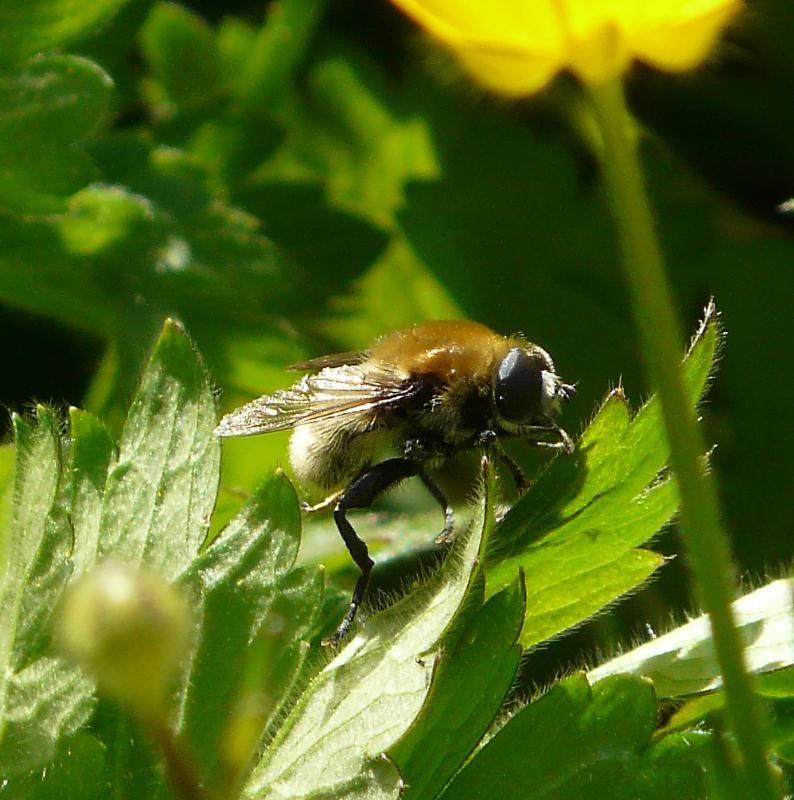
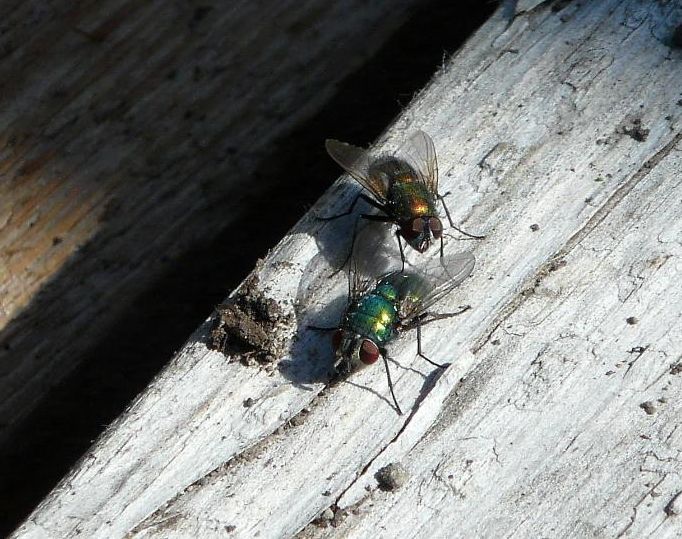
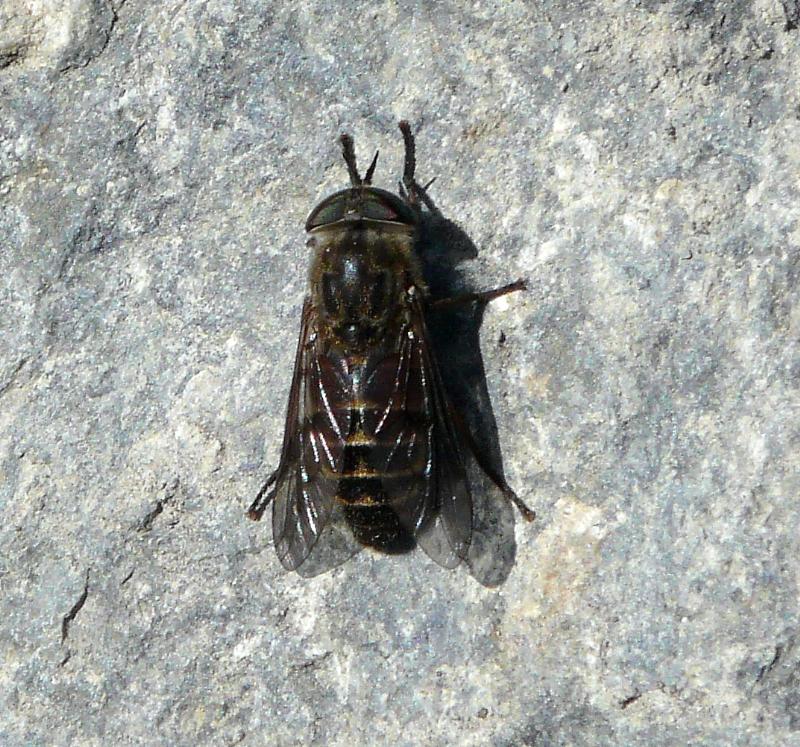

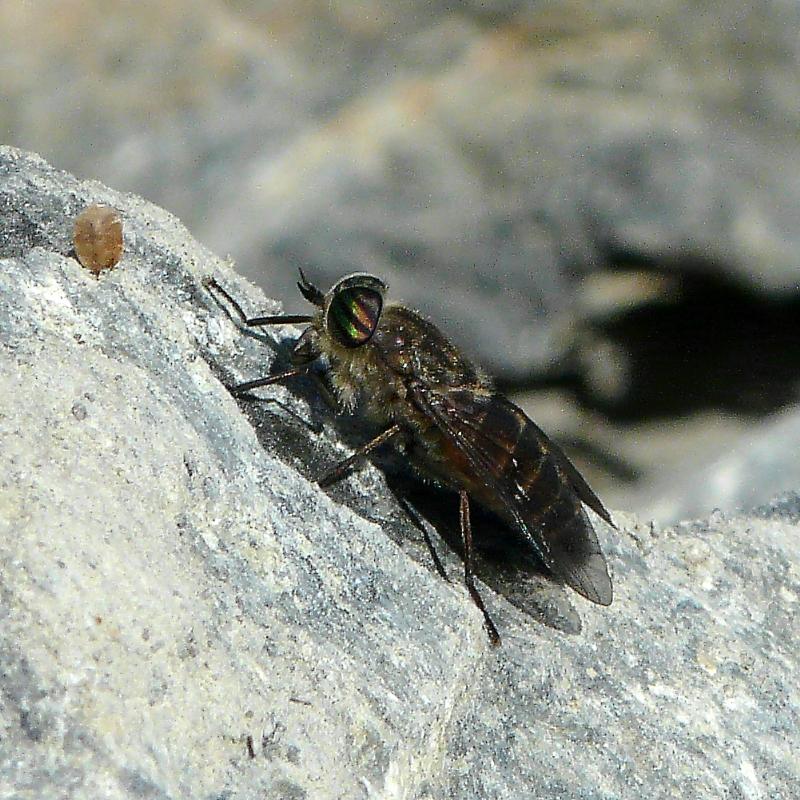
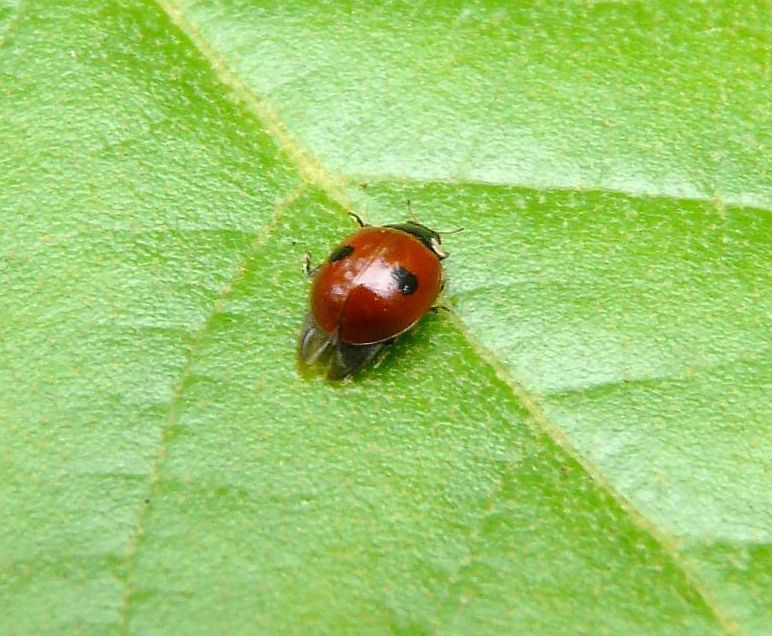
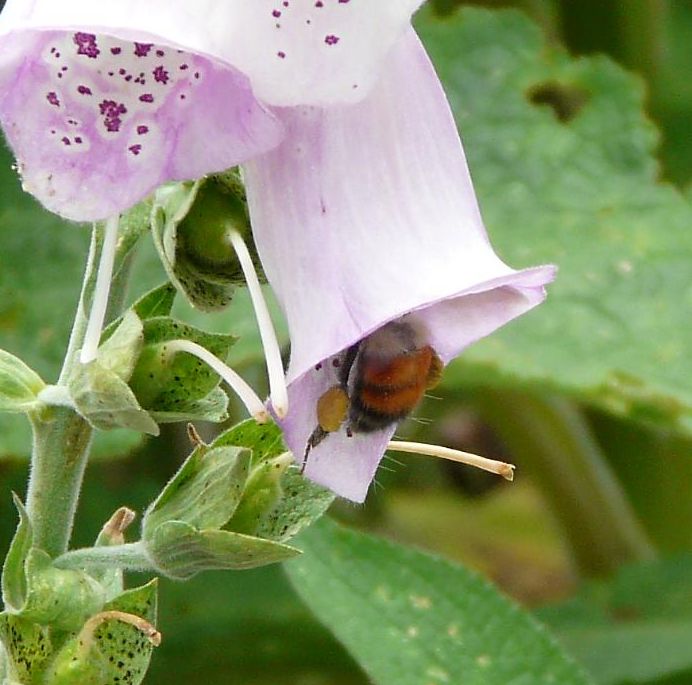
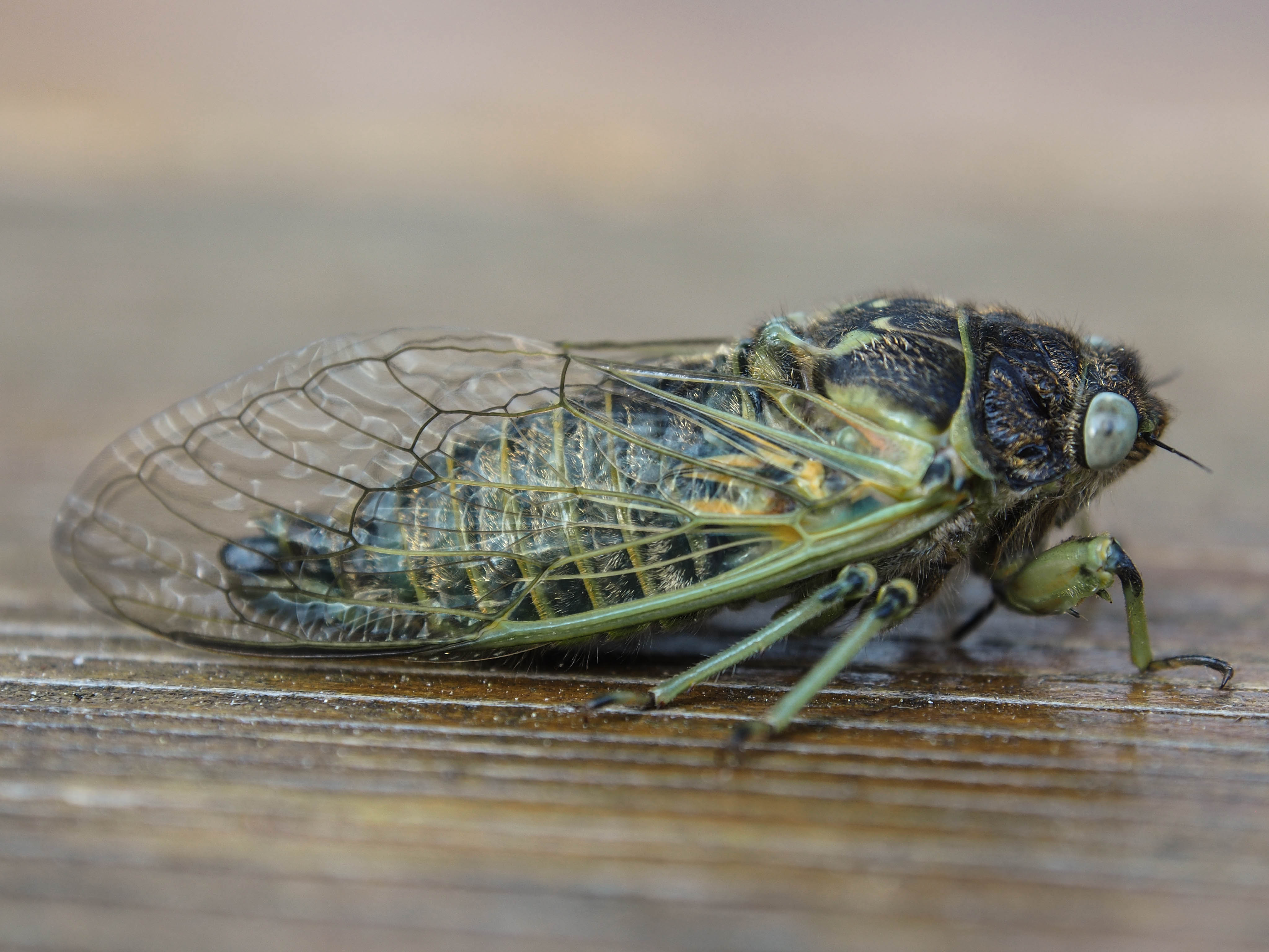
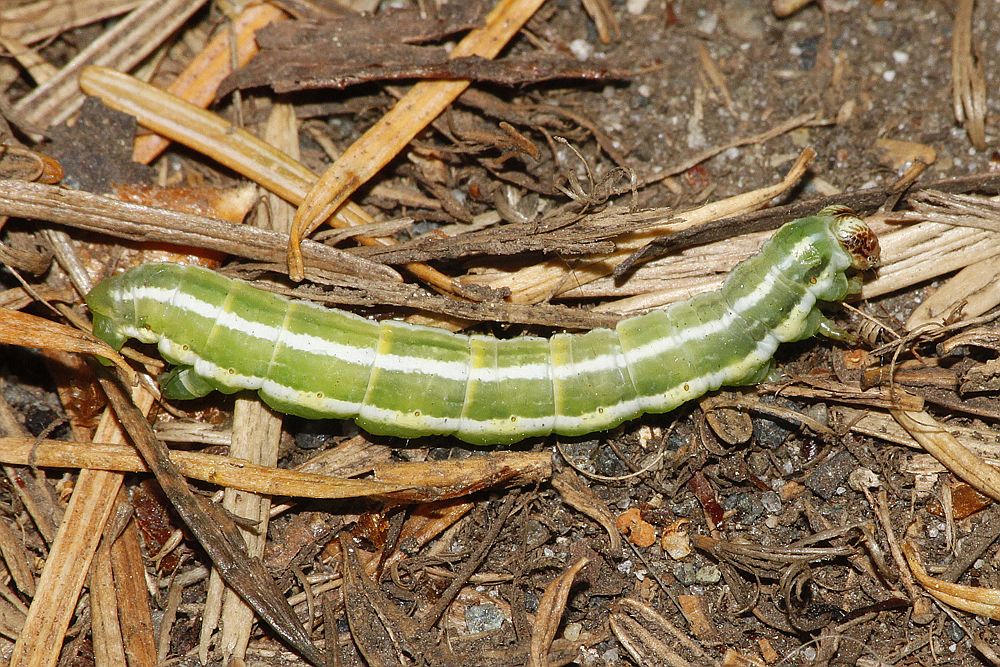
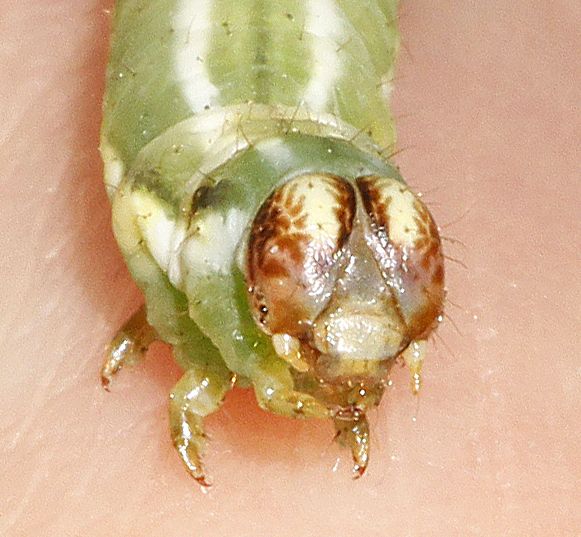
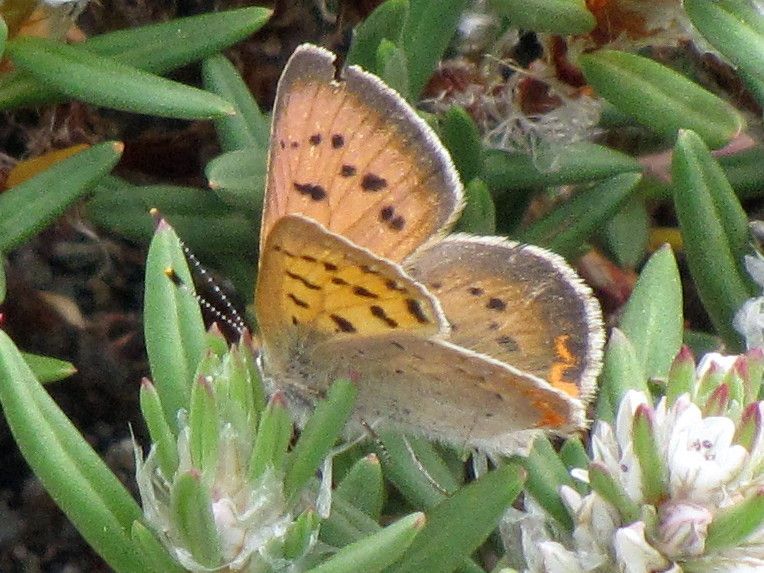
 Male Purplish Copper Lycaena helloides (Lep.: Lycaenidae) Wendy Ansell
Male Purplish Copper Lycaena helloides (Lep.: Lycaenidae) Wendy Ansell
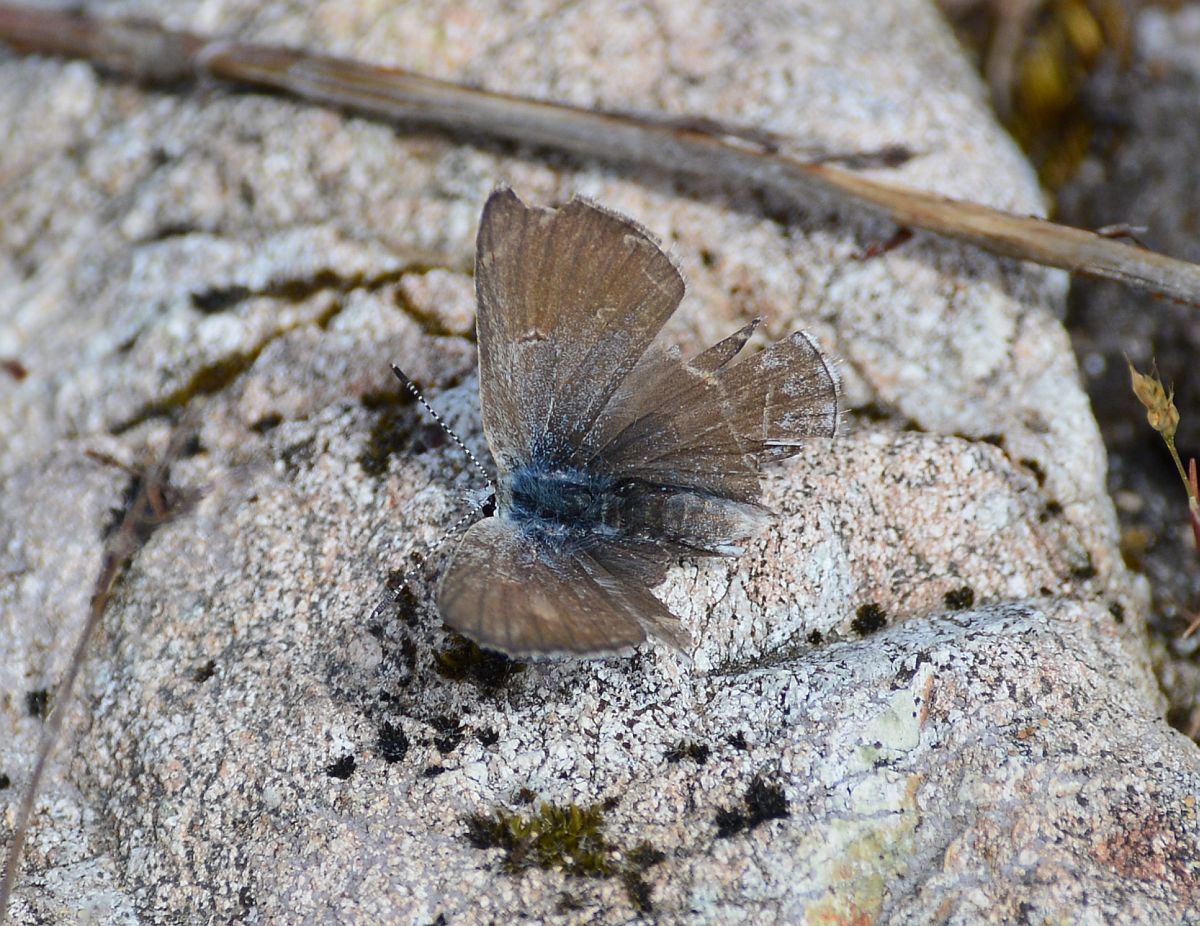
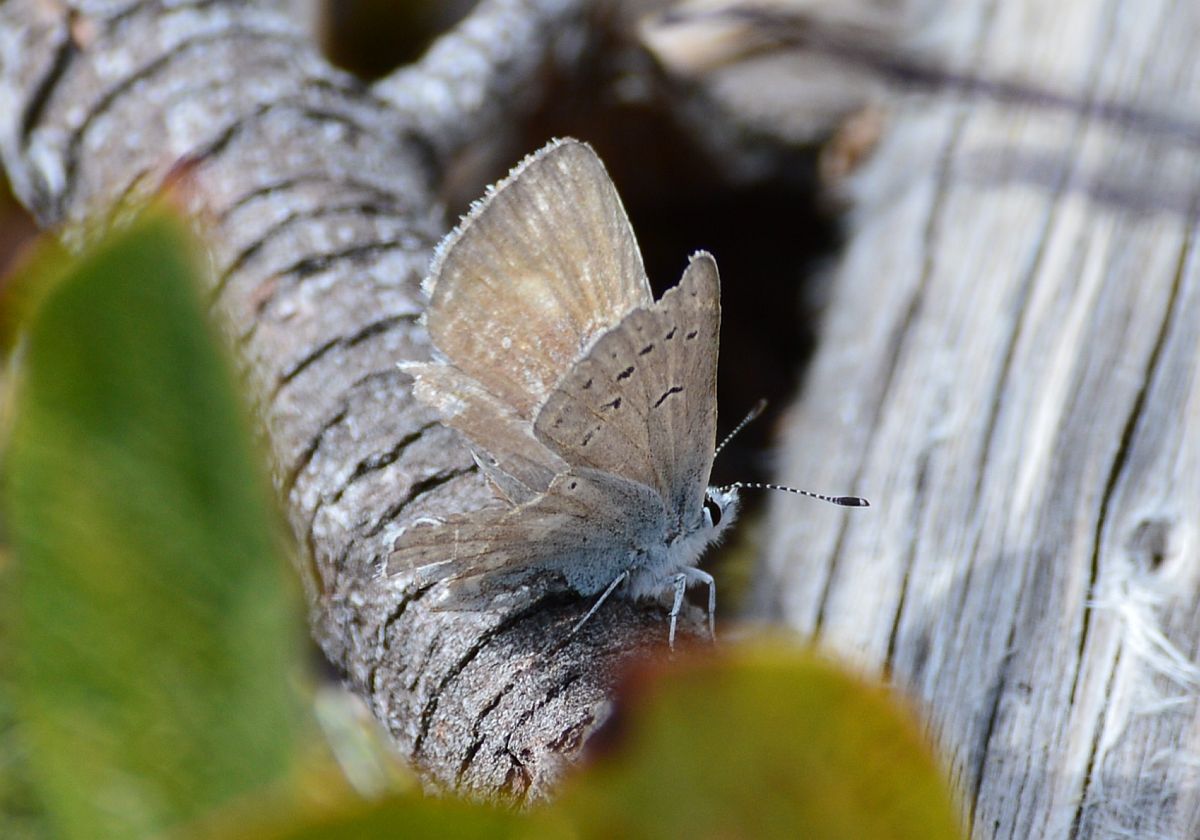
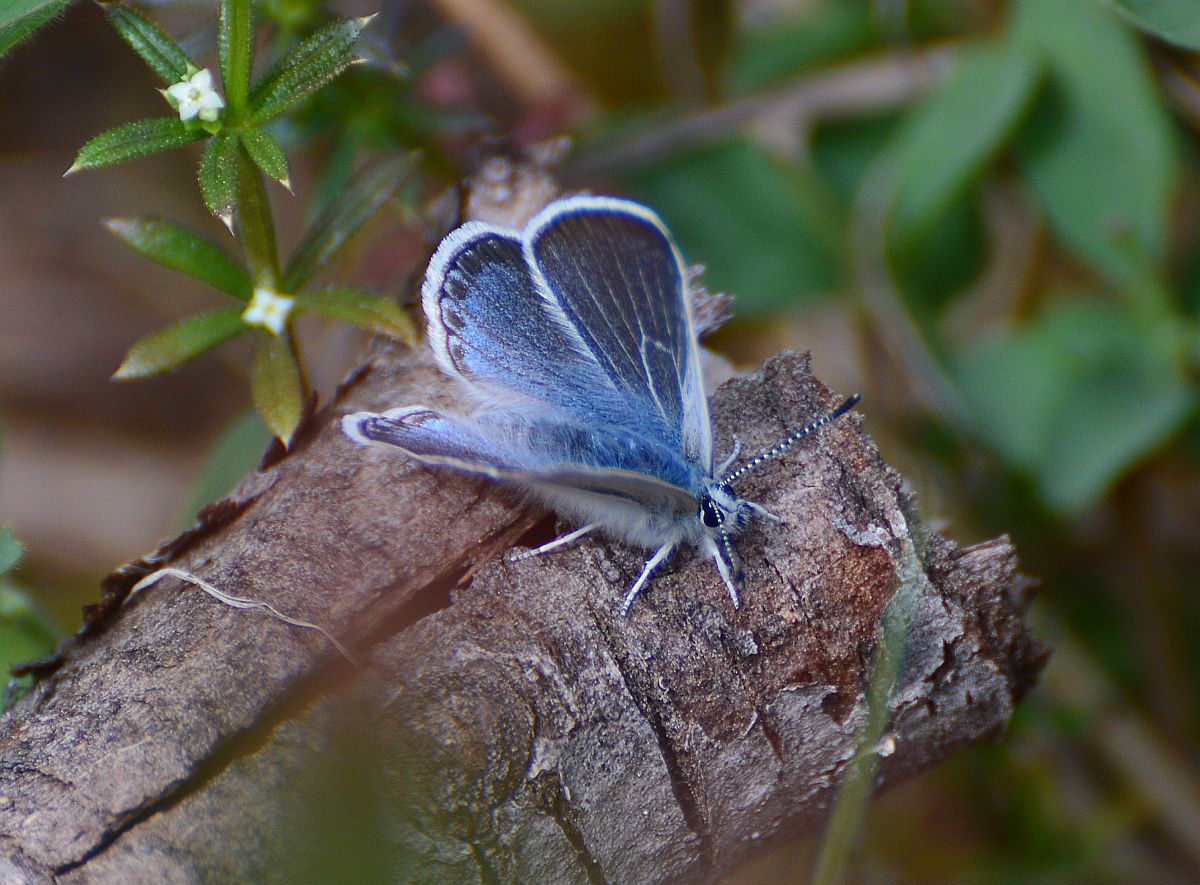
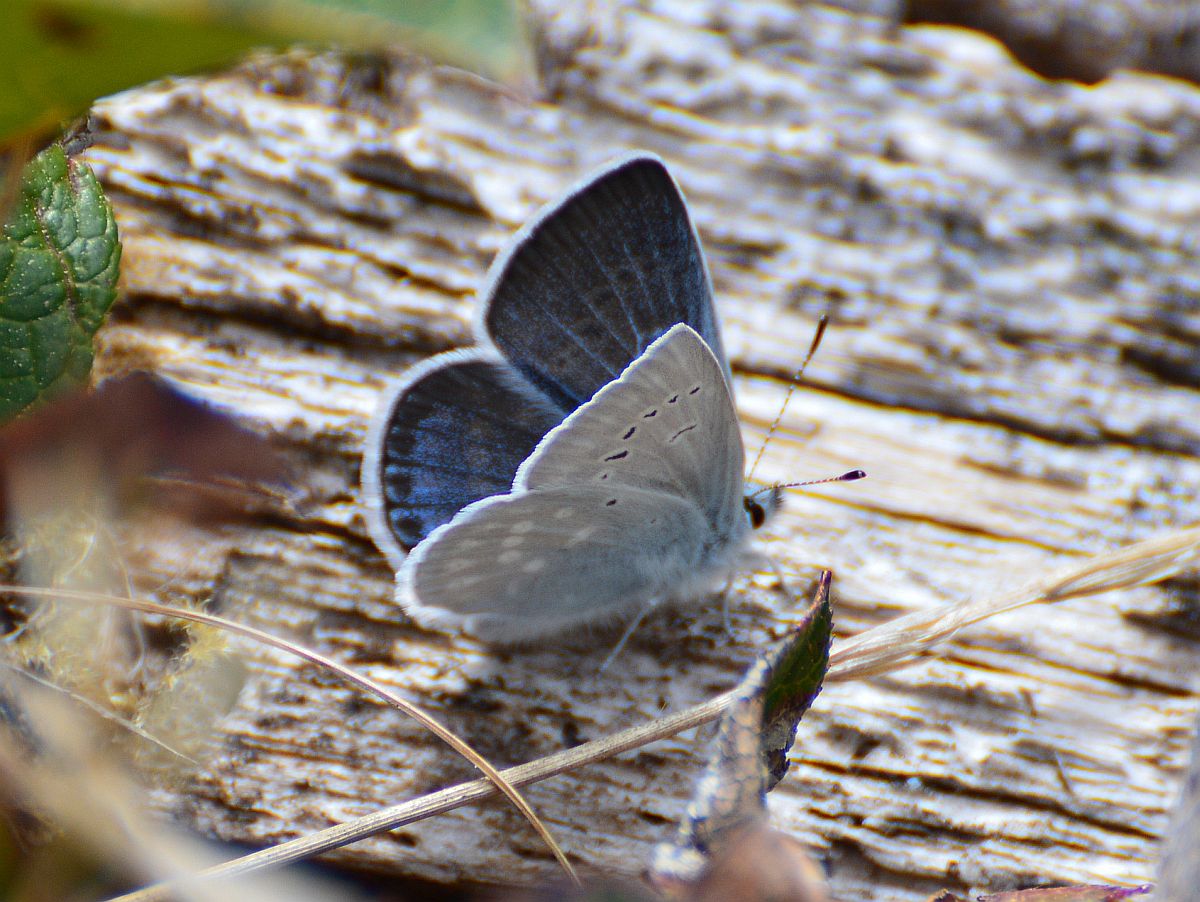
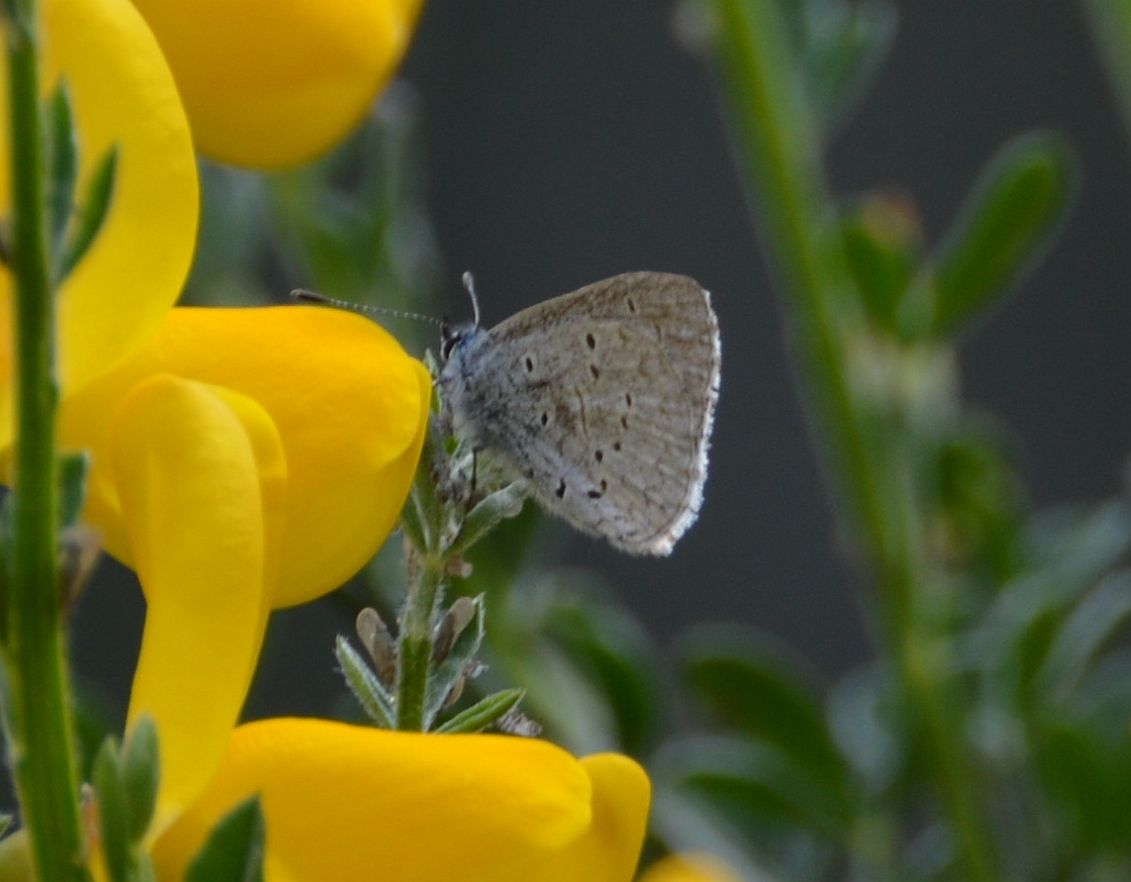
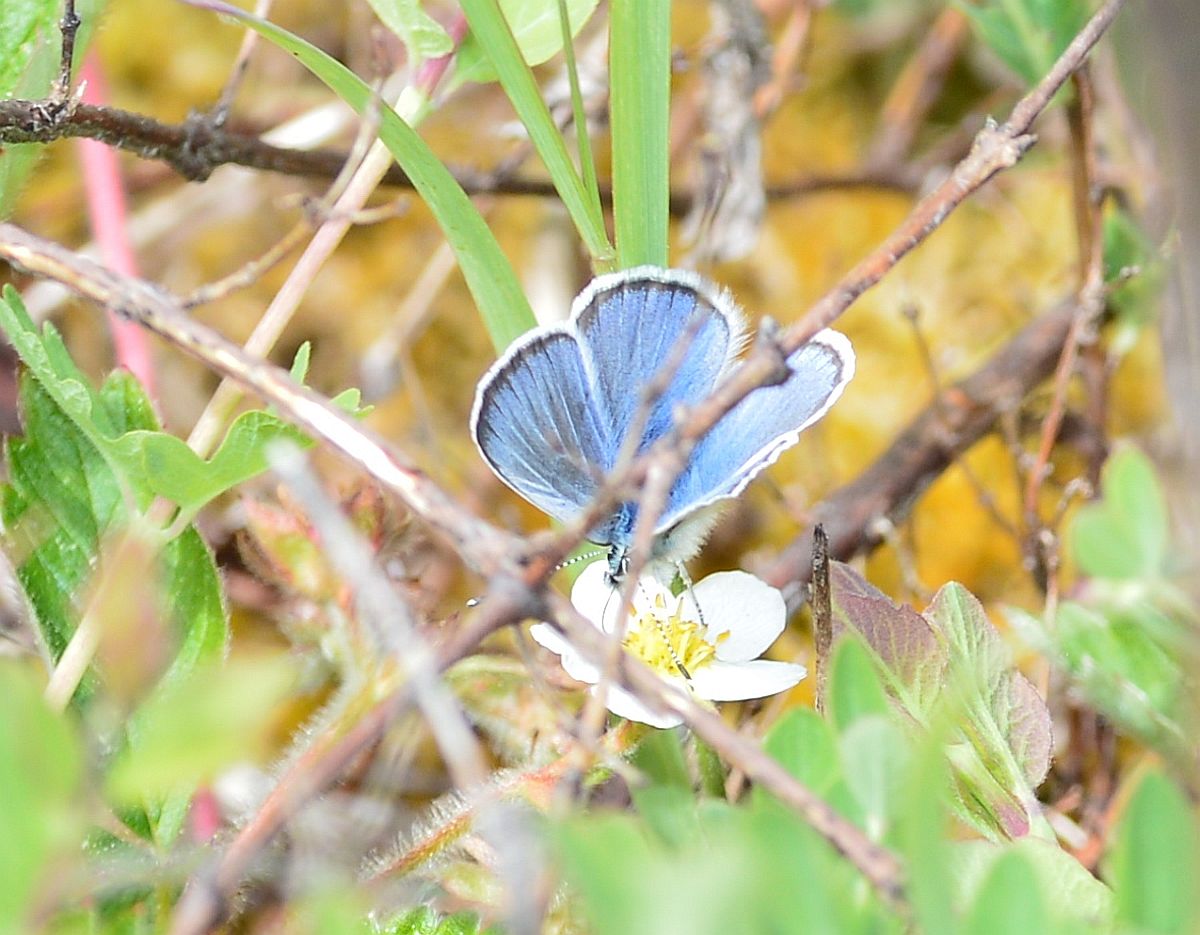
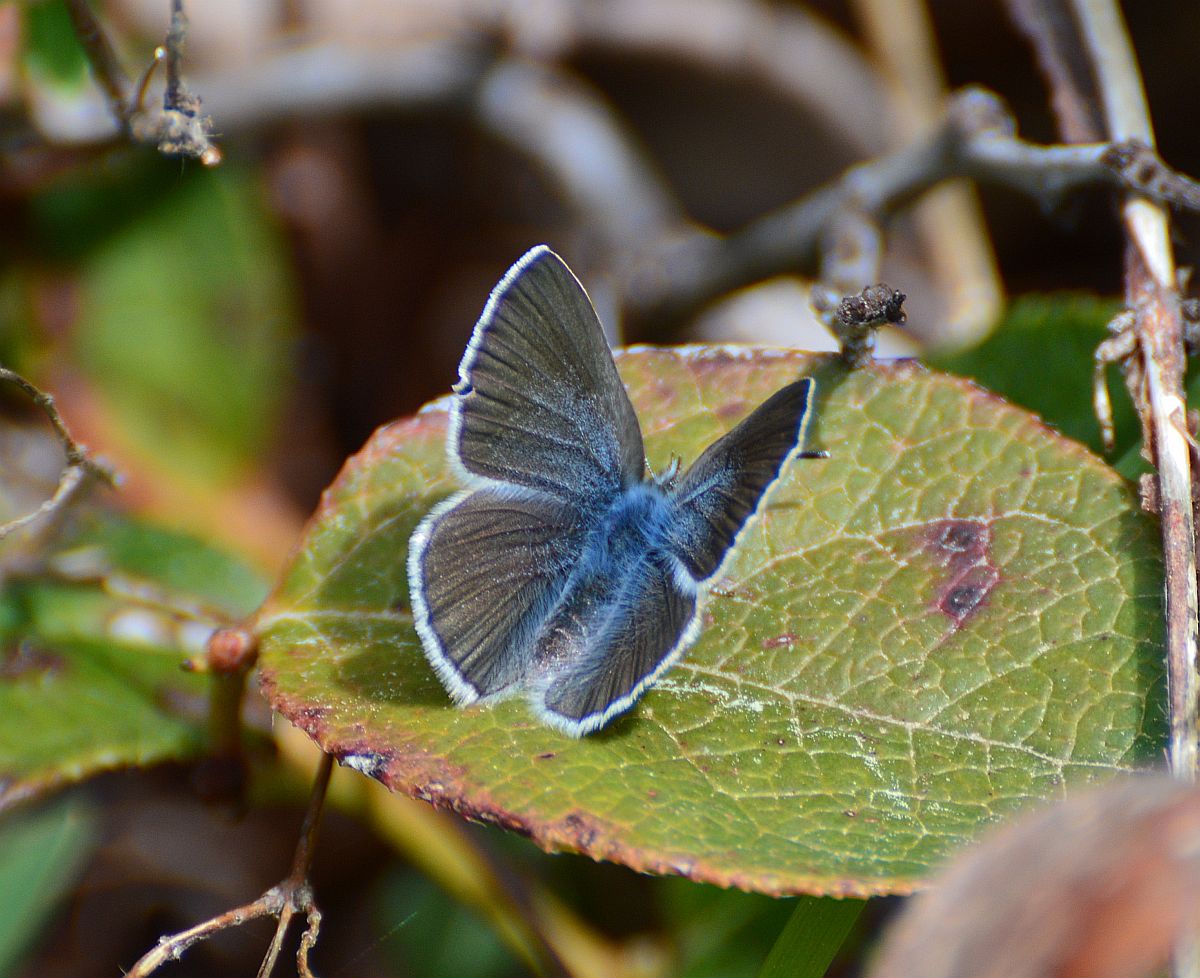
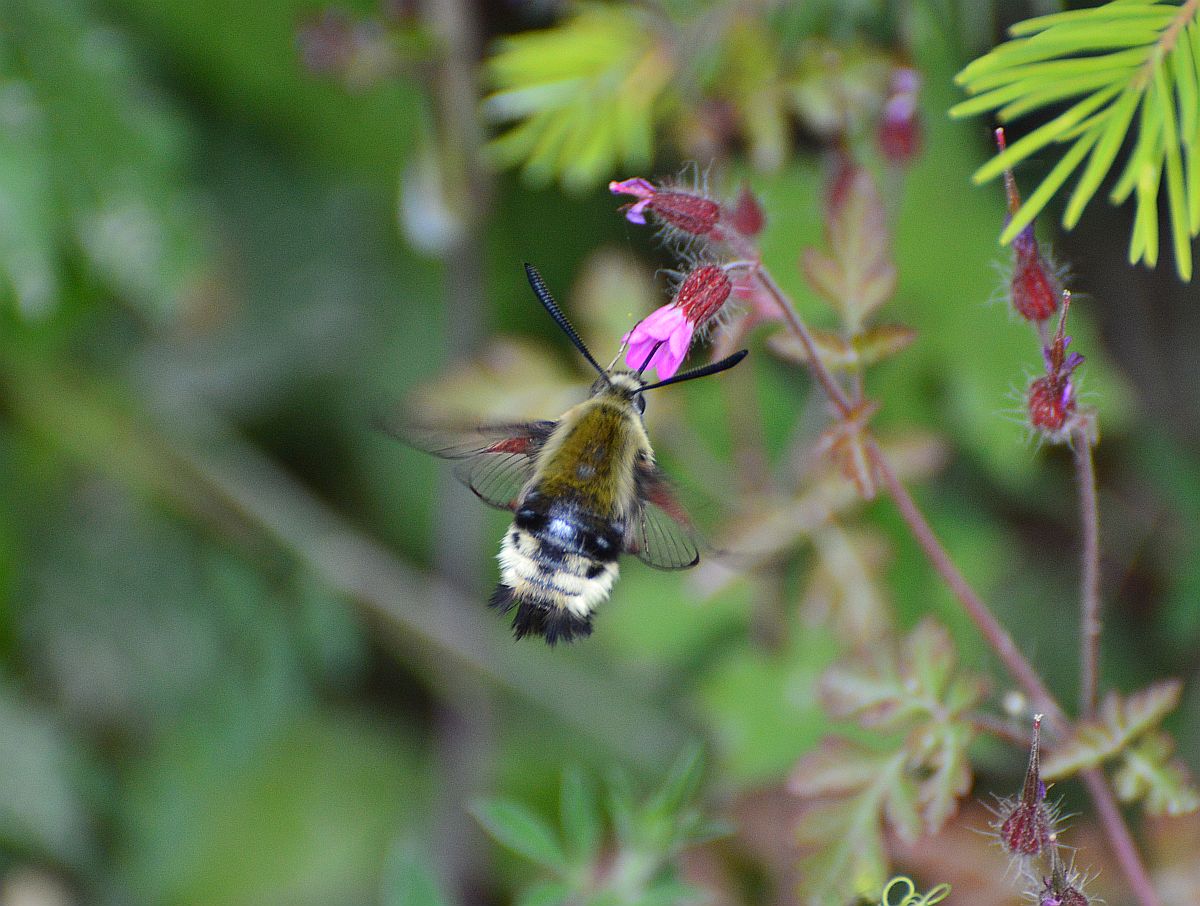
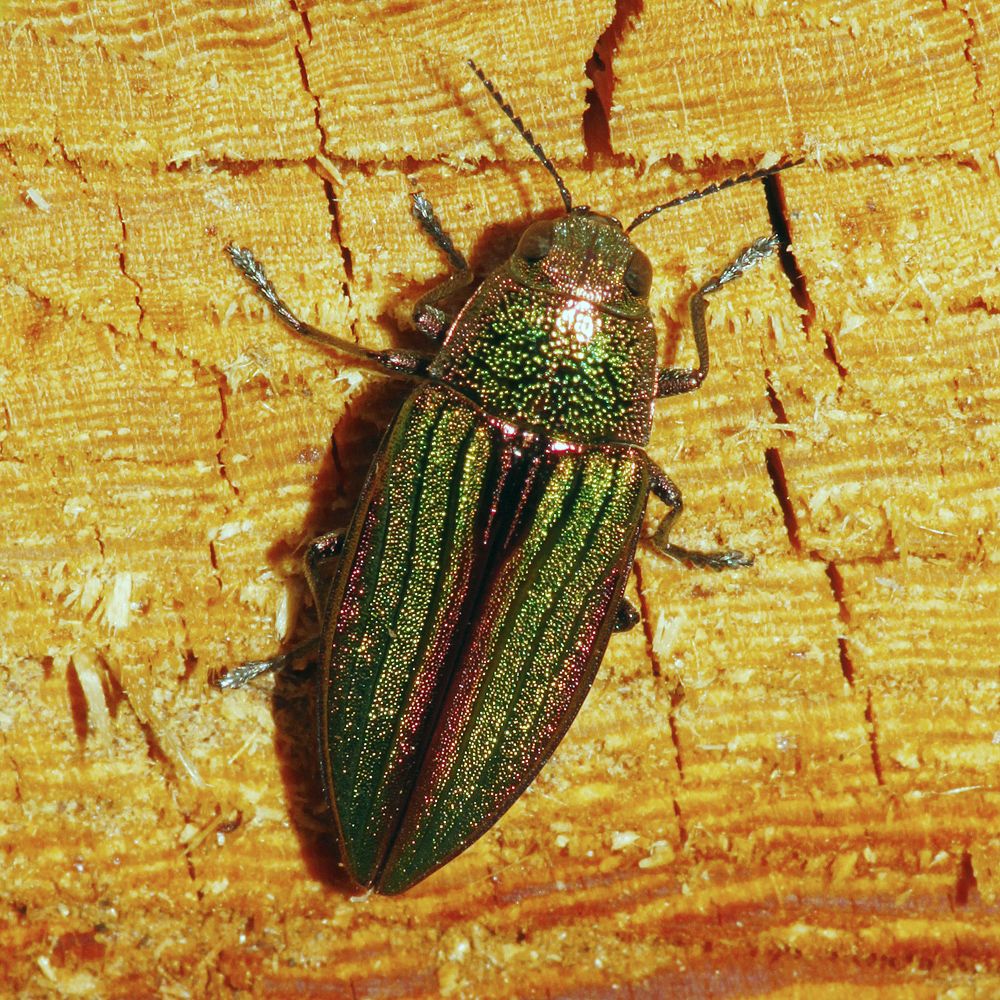
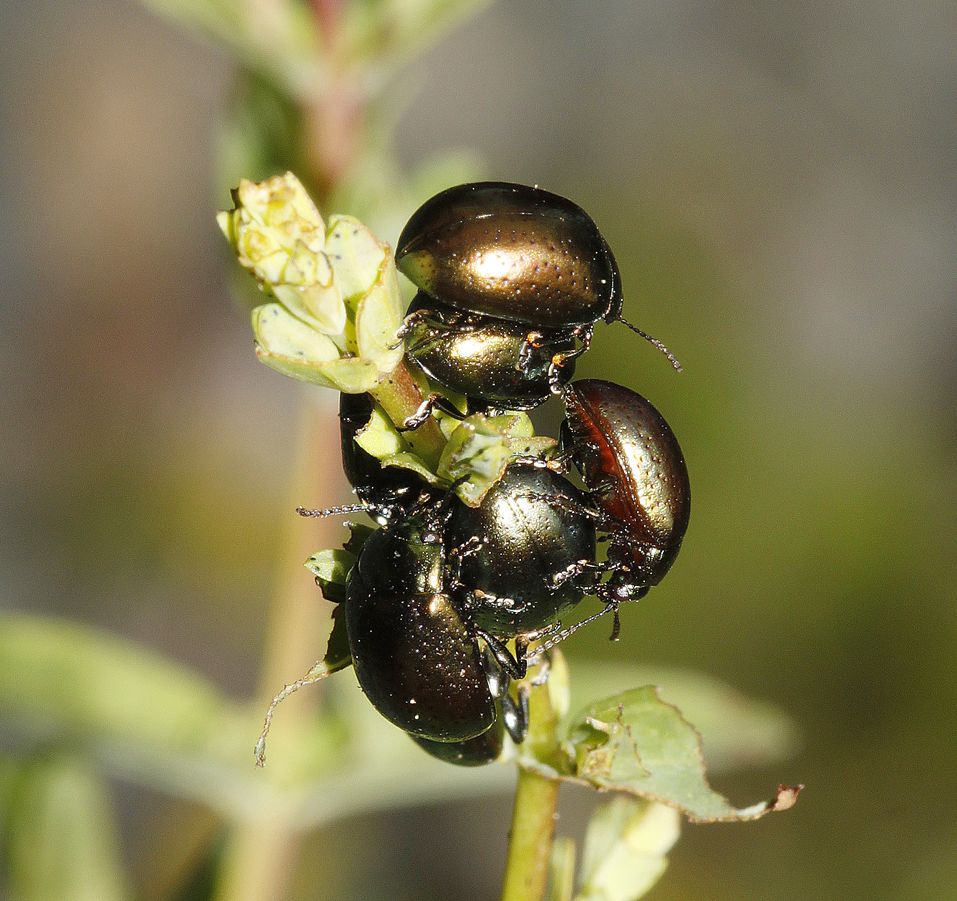
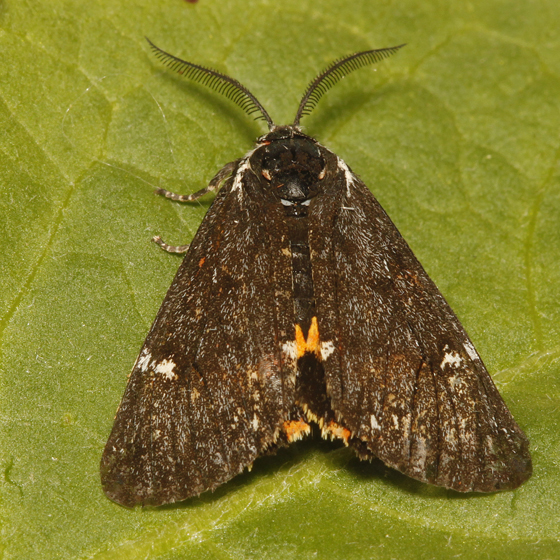
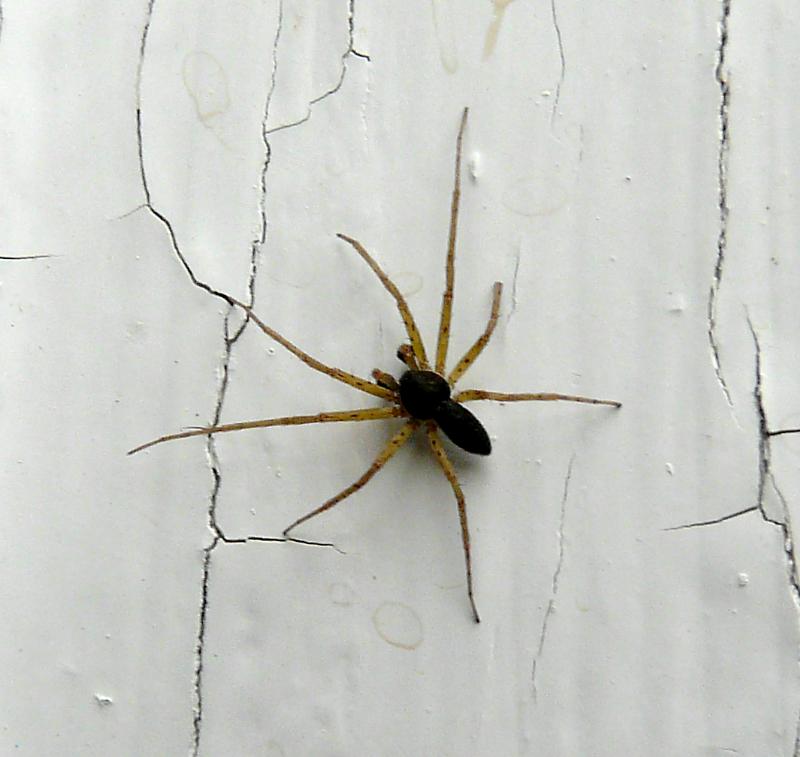
 Philodromus dispar (Ara.: Philodromidae) Annie Pang.
Philodromus dispar (Ara.: Philodromidae) Annie Pang.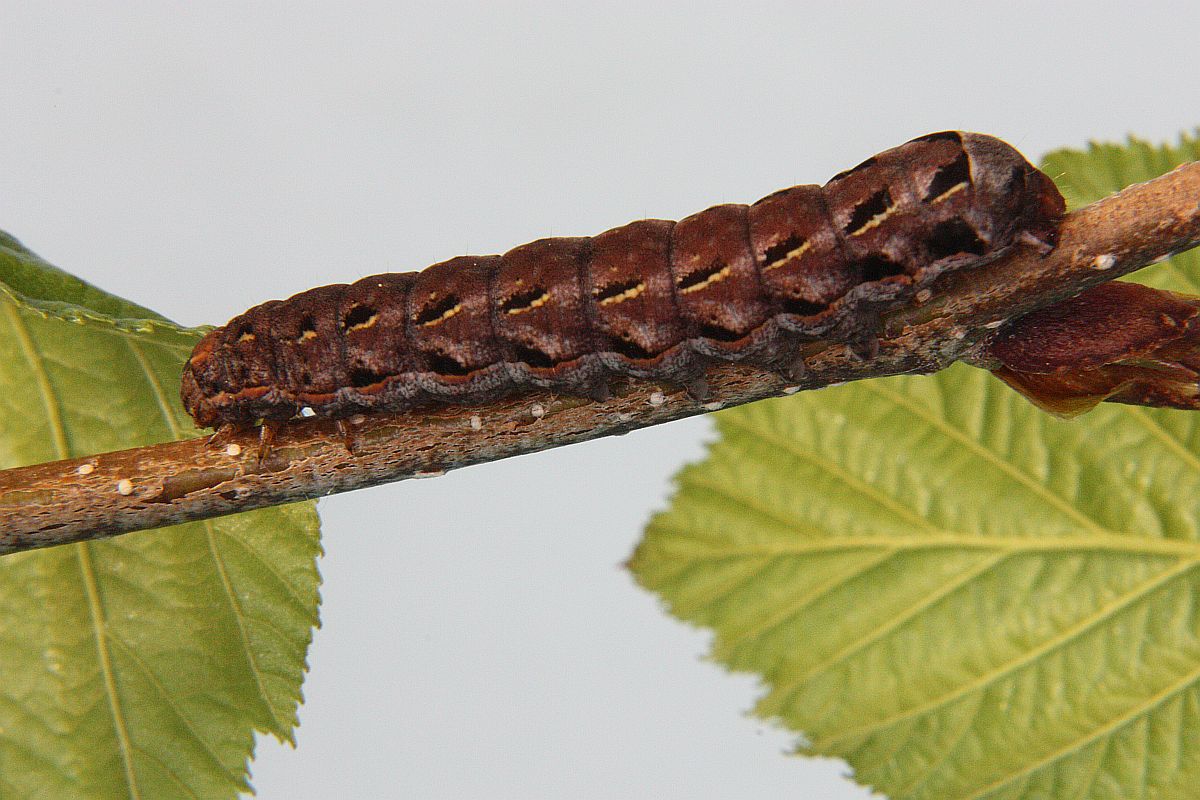
 Eurois astricta (Lep.: Noctuidae) Jeremy Tatum
Eurois astricta (Lep.: Noctuidae) Jeremy Tatum